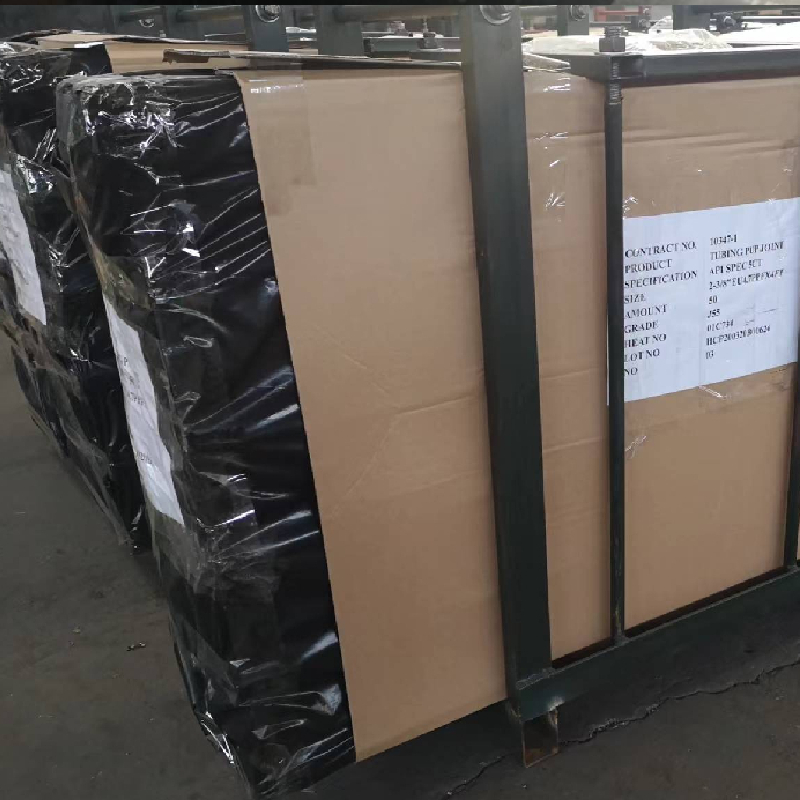- Afrikaans
- Albanian
- Amharic
- Arabic
- Armenian
- Azerbaijani
- Basque
- Belarusian
- Bengali
- Bosnian
- Bulgarian
- Catalan
- Cebuano
- Corsican
- Croatian
- Czech
- Danish
- Dutch
- English
- Esperanto
- Estonian
- Finnish
- French
- Frisian
- Galician
- Georgian
- German
- Greek
- Gujarati
- Haitian Creole
- hausa
- hawaiian
- Hebrew
- Hindi
- Miao
- Hungarian
- Icelandic
- igbo
- Indonesian
- irish
- Italian
- Japanese
- Javanese
- Kannada
- kazakh
- Khmer
- Rwandese
- Korean
- Kurdish
- Kyrgyz
- Lao
- Latin
- Latvian
- Lithuanian
- Luxembourgish
- Macedonian
- Malgashi
- Malay
- Malayalam
- Maltese
- Maori
- Marathi
- Mongolian
- Myanmar
- Nepali
- Norwegian
- Norwegian
- Occitan
- Pashto
- Persian
- Polish
- Portuguese
- Punjabi
- Romanian
- Russian
- Samoan
- Scottish Gaelic
- Serbian
- Sesotho
- Shona
- Sindhi
- Sinhala
- Slovak
- Slovenian
- Somali
- Spanish
- Sundanese
- Swahili
- Swedish
- Tagalog
- Tajik
- Tamil
- Tatar
- Telugu
- Thai
- Turkish
- Turkmen
- Ukrainian
- Urdu
- Uighur
- Uzbek
- Vietnamese
- Welsh
- Bantu
- Yiddish
- Yoruba
- Zulu
coupling for tubing
Understanding Coupling for Tubing in Oil and Gas Applications
In the oil and gas industry, the efficient extraction of hydrocarbons relies heavily on the reliability of tubing systems used in drilling operations. One of the critical components of these systems is the coupling, which plays a vital role in connecting sections of tubing together. Understanding the different types of coupling for tubing and their applications is essential for ensuring operational efficiency and safety.
Couplings are mechanical devices designed to join two lengths of tubing without significant mechanical strength loss. They are engineered to accommodate the high pressures and harsh conditions commonly found in oil and gas extraction processes. Various factors, such as the type of fluid being transported and the environmental conditions, influence the selection of coupling materials and designs.
Among the common types of couplings used in tubing are threaded, welded, and integral couplings. Threaded couplings involve male and female threads that allow for easy assembly and disassembly of tubing segments. This feature is particularly beneficial during maintenance or when making adjustments to the drilling setup. However, they must be installed correctly to prevent leaks and ensure a secure connection.
coupling for tubing

Welded couplings, on the other hand, offer a more robust solution. They are permanently joined through welding, providing high strength and pressure integrity, making them suitable for high-pressure applications. The downside is that they typically require more time and expertise for installation and cannot be easily disassembled once installed.
Integral couplings represent another innovative solution in the industry. This type involves a seamless connection that eliminates the need for a traditional coupling component. Instead, the tubing itself is manufactured with an integrated coupling, providing a continuous flow path that minimizes the risk of leaks and increases overall strength. Integral couplings are particularly advantageous in high-stress environments, offering superior reliability and performance.
Selecting the right coupling for tubing requires a thorough understanding of operational demands, including pressure ratings, thermal conditions, and the type of fluids involved. Additionally, considerations such as corrosion resistance and the potential for fatigue over time must be evaluated to ensure longevity and safety.
In conclusion, couplings are crucial components that facilitate the connection of tubing in oil and gas operations. With several types available, including threaded, welded, and integral couplings, industry professionals must make informed decisions based on specific operational requirements. By ensuring the suitability and quality of couplings, companies can enhance the efficiency, safety, and reliability of their drilling and extraction processes, ultimately leading to greater success in the competitive oil and gas market.
-
Tubing Pup Joints: Essential Components for Oil and Gas OperationsNewsJul.10,2025
-
Pup Joints: Essential Components for Reliable Drilling OperationsNewsJul.10,2025
-
Pipe Couplings: Connecting Your World EfficientlyNewsJul.10,2025
-
Mastering Oilfield Operations with Quality Tubing and CasingNewsJul.10,2025
-
High-Quality Casing Couplings for Every NeedNewsJul.10,2025
-
Boost Your Drilling Efficiency with Premium Crossover Tools & Seating NipplesNewsJul.10,2025







